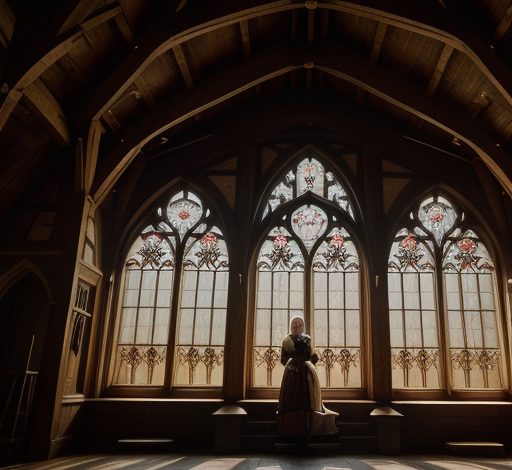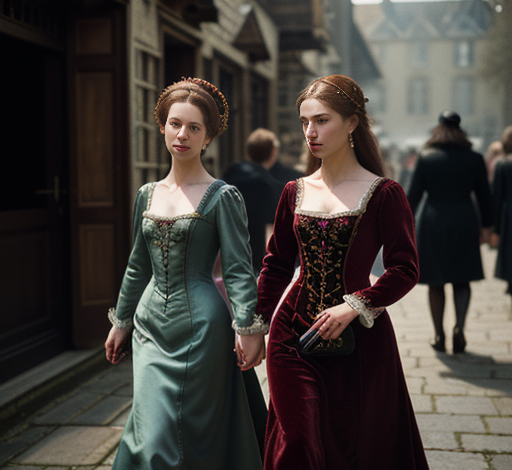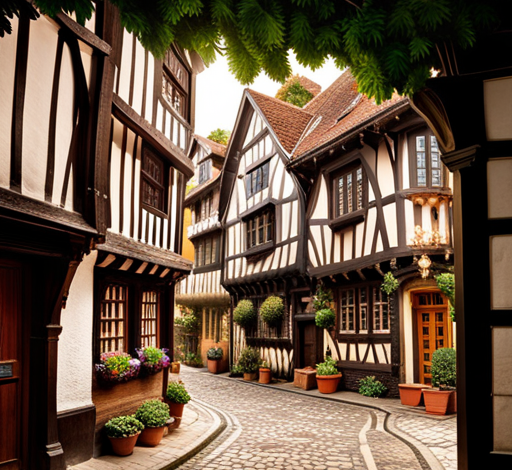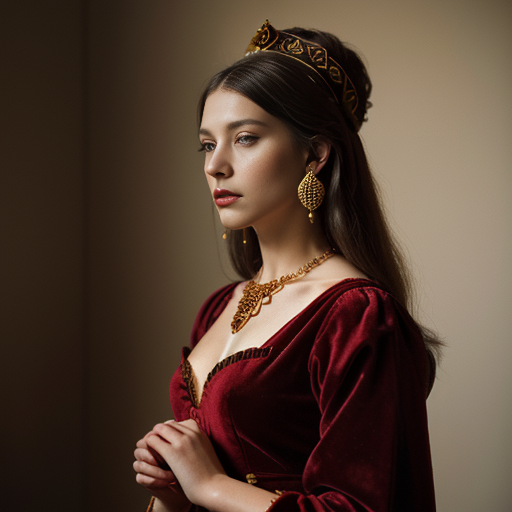
A Study of Tudor Fashion Influences
Are you fascinated by the fashion of the Tudor era?
In this study, we delve into the influences that shaped the clothing choices of the time. From the regal attire of monarchs to the religious symbolism woven into garments, we explore the intricate details that defined Tudor fashion.
Discover how exploration and trade impacted clothing trends, and how social hierarchies played a role in determining what was fashionable.
Join us as we uncover the technological advancements that revolutionized Tudor clothing.
Monarchs and Royal Court Fashion
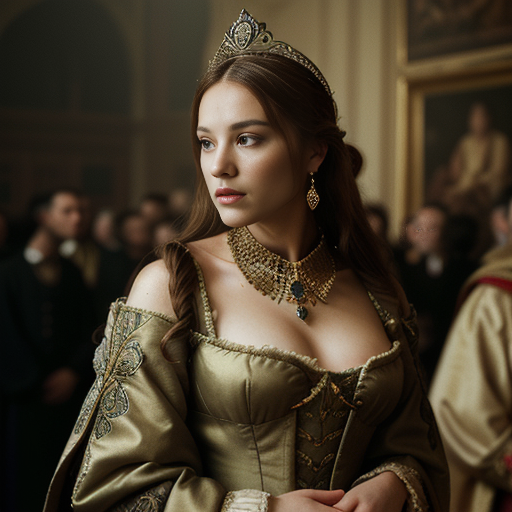
When studying Tudor fashion influences, you can’t overlook the significant role played by monarchs and their royal court in shaping the trends. The fashion evolution during the Tudor reign was a reflection of the power and status of the monarchy.
The royal court was the epicenter of fashion, with the monarchs themselves setting the tone for the entire kingdom. Their clothing choices weren’t only a display of wealth and luxury, but also a symbol of their authority and influence. Symbolism played a crucial role in royal court fashion, with each garment carefully chosen to convey specific messages.
For example, the colors, fabrics, and accessories used in the clothing of the monarchs and their courtiers were often laden with symbolism, representing allegiance, lineage, and social standing. Understanding the significance of these fashion choices allows us to delve deeper into the rich history and culture of the Tudor era.
Religious Influences on Tudor Attire
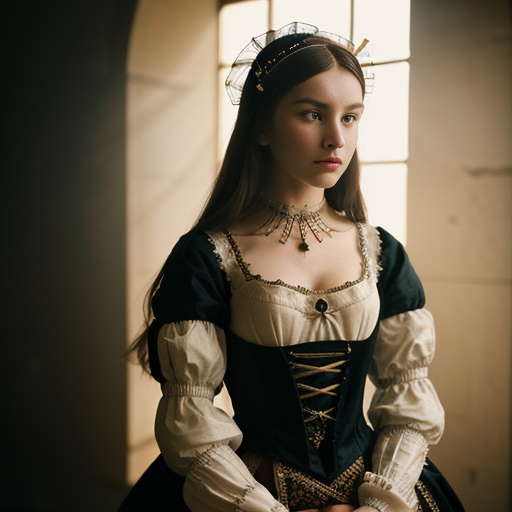
As you delve further into the study of Tudor fashion influences, you’ll discover the significant impact of religious beliefs on the attire of this era.
Religious symbolism played a crucial role in shaping Tudor fashion, as it was deeply intertwined with cultural traditions. The Protestant Reformation, led by Henry VIII, brought about significant changes in religious practices, which in turn influenced clothing choices.
Protestantism emphasized simplicity and modesty, and these values were reflected in Tudor attire. Rich fabrics and elaborate embellishments were replaced with plain, somber garments, reflecting the new religious ideals.
The use of religious symbols in clothing, such as crosses and biblical motifs, became popular during this time. These symbols not only expressed one’s religious beliefs but also served as a form of social identification.
The influence of religious beliefs on Tudor attire can’t be underestimated, as it shaped the fashion choices of the era and reflected the values and ideals of the time.
Influence of Exploration and Trade on Fashion
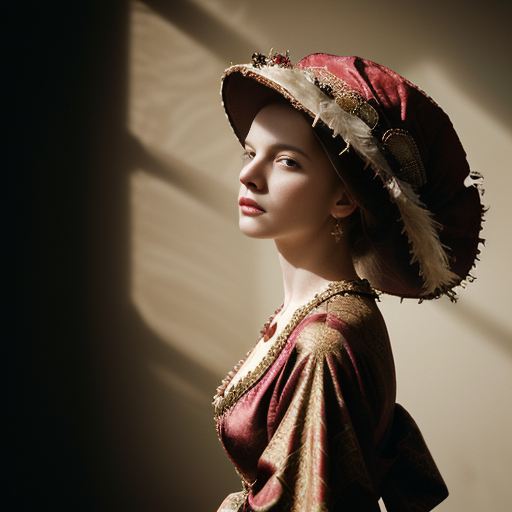
You will continue the discussion from the previous subtopic and explore the impact of exploration and trade on Tudor fashion.
The era of Tudor fashion coincided with a period of increased global trade and exploration. As European explorers voyaged to new lands, they encountered diverse cultures and brought back exotic fabrics, patterns, and styles. This global trade and cultural exchange had a profound influence on Tudor fashion.
The influx of new textiles such as silk, spices, and dyes from Asia and the Americas introduced vibrant colors and intricate designs to Tudor clothing. The popularity of foreign styles, such as the wide-brimmed Spanish hat and the ruff collar, also grew as a result of cultural exchange.
Tudor fashion became a reflection of the expanding world, showcasing the wealth and cosmopolitan nature of the era.
Social Hierarchies and Fashion Trends
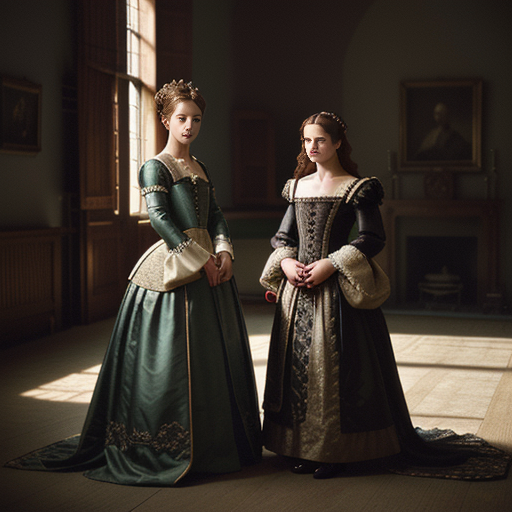
To understand the impact of social hierarchies on Tudor fashion trends, one must examine the role of clothing in expressing status and wealth. In Tudor society, class distinctions were of utmost importance, and the clothes one wore were a reflection of their social standing.
Fashion statements weren’t only a means of self-expression but also a way to establish one’s place in society. The upper class and nobility had access to luxurious fabrics, such as silk and velvet, while the lower classes had to make do with simpler materials like wool and linen.
The wealthy adorned themselves with elaborate embroidery, jewels, and fur trimmings, while the lower classes had plainer and more practical garments. These class distinctions were reinforced through sumptuary laws, which dictated what colors, fabrics, and styles people of different social classes were allowed to wear.
Fashion became a powerful tool for the elite to display their wealth and maintain their privileged status.
Technological Advancements and Their Impact on Clothing
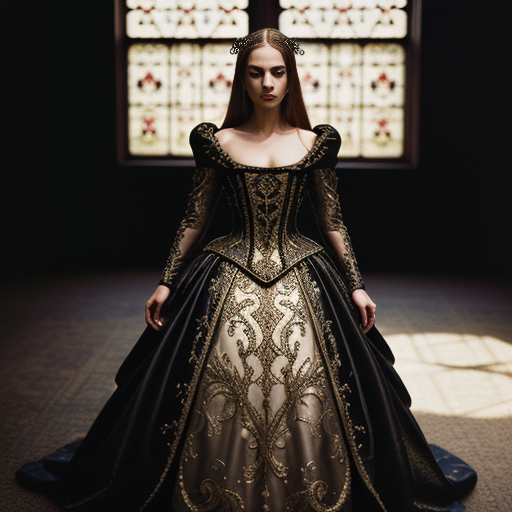
With the advancements in technology, the way clothing was made and designed during the Tudor era underwent significant transformations. Technological innovations had a profound impact on the fashion industry, particularly in the realm of textile production.
Textile innovation during this period played a crucial role in shaping the clothes people wore. The introduction of new machinery and techniques revolutionized the manufacturing process, making it more efficient and allowing for the production of a wider variety of fabrics. One notable advancement was the invention of the spinning wheel, which replaced the time-consuming process of hand spinning. This led to an increase in textile production, making fabrics more readily available and affordable.
Additionally, the use of new dyeing techniques and printing methods allowed for intricate patterns and vibrant colors to be incorporated into clothing designs, further enhancing the overall aesthetic appeal.
These technological advancements not only transformed the way clothing was made but also contributed to the development of new fashion trends and styles during the Tudor era.

